Exploring France’s Iconic Wine Regions: How to Decide Where to Go
When it comes to world-class wine travel, few destinations rival France for heritage, diversity, and sensory depth. But with more than a dozen distinctive wine regions, each with its own character, signature grapes, and seasonal rhythm, knowing where to go for wine in France can feel as nuanced as the wines themselves.
Whether you’re a collector seeking Left Bank Bordeaux, a Chardonnay purist drawn to Burgundy, or simply someone who wants to sip something extraordinary in an unforgettable setting, France offers a region that aligns perfectly with your palate and pace.
At Into the Vineyard, we specialise in crafting personalised France wine tours that go beyond the obvious. For a more holistic approach to planning—balancing tastings with culture and unhurried discovery—this guide can help you plan a well-rounded wine country trip.
Our team curates each journey based on your taste, travel style, and timing - pairing you with the right vineyards, guides, and cultural moments to make your experience both effortless and unforgettable.
How to Choose the Right Wine Region in France
With so many remarkable regions to explore, the question isn’t just where to go for wine in France - it’s what kind of experience you want to have. Are you drawn to bold reds or elegant whites? Do you picture yourself tasting Grand Cru in a vaulted cellar, or walking between vines with a winemaker who’s worked the land for generations?
France’s wine country is wonderfully diverse. Each region reflects its own rhythm, terroir, and tradition, some rooted in royal heritage, others defined by quiet resilience or coastal charm. Your ideal destination might be shaped by the season, your taste preferences, or simply the pace you want to travel at.
Madison Dreith, one of Into The Vineyard's France Travel Advisors, always tells clients that a French wine region has to match your mood, your energy, and your deeper tastes.
She says: “You can’t choose where to go based on varietals alone - it’s about atmosphere, pacing, and connection.”
This guide introduces the most iconic wine regions in France, with curated insight to help you decide which one aligns best with your palate, style, and sense of adventure.
Looking for specific estates that bring these regions to life? Explore our curated list of France’s best vineyards and wineries to visit—each one offering not just great wine, but remarkable hospitality and history.
For a visual overview of where these regions lie, this French wine map from Wine Folly is an excellent reference.
Bordeaux: Wine Travel Classics, Grand Estates, Historic Classifications, and Left/Right Bank Distinction
“At Château Lafaurie-Peyraguey, we’ve arranged private tastings where guests sip Sauternes aged in Lalique crystal before sitting down to a Michelin-starred lunch,” recommends Madison, “It’s elegance without being overdone.
People often overlook Sauternes, but when I guide them through these vineyards, they’re floored by the richness and complexity - and by how much the experience contrasts with nearby Bordeaux reds.”
What it’s known for
Bordeaux is synonymous with prestige in the wine world. With over 60 appellations and a legacy defined by the 1855 Classification, this is the land of First Growths, centuries-old châteaux, and some of the most structured, cellar-worthy wines in the world.
For more on how Bordeaux’s wines are ranked, this guide to French wine classifications explains key systems like the 1855 Classification in detail.
The region is neatly divided by the Gironde estuary: the Left Bank is known for its gravel soils and Cabernet Sauvignon-driven blends, while the clay-rich Right Bank produces softer, more expressive Merlot-based wines.
Ideal for
Serious collectors, Left/Right Bank comparison seekers, architecture and heritage enthusiasts, and anyone drawn to structured reds with ageing potential.
Top highlights
Taste Grand Cru Classé wines in the Médoc, where estates like Château Margaux and Château Lafite Rothschild set the benchmark for classic claret.
In contrast, Saint-Émilion and Pomerol offer a more personal, small-scale feel - with hillside vineyards, limestone cellars, and some of the most elegant Merlots in the world. Don’t miss Graves for its rare balance of red and white wines, or Pessac-Léognan for high-quality Sauvignon Blanc and Sémillon blends.
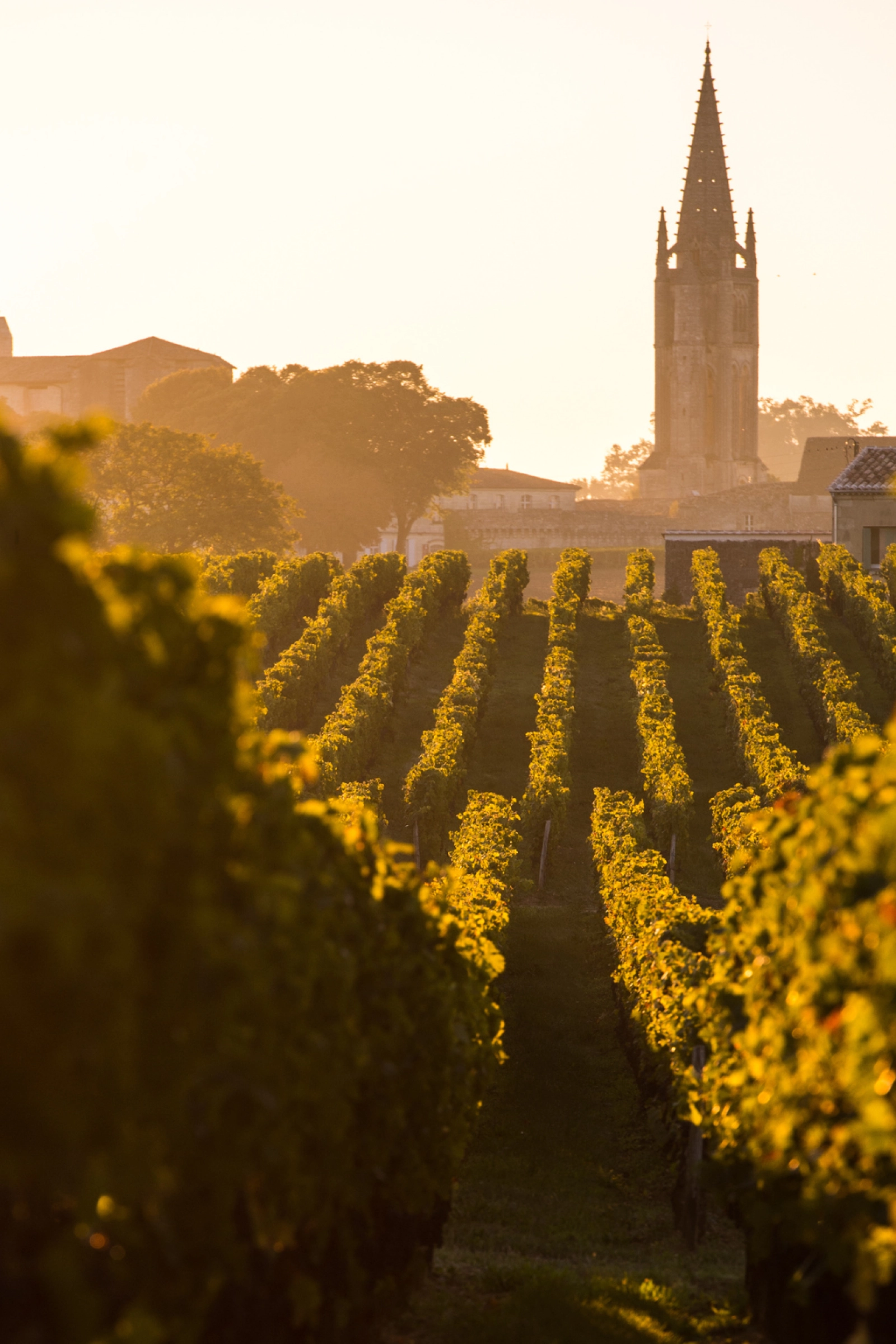
Best time to visit
Late spring through early autumn offers the best access to both Left and Right Bank estates. September brings the harvest and a flurry of activity, while winter is best for deeper tastings without the crowds, especially if you’re exploring cellar libraries or arranging barrel samples direct from the source.
Timing matters. For more guidance on how each season impacts the wine experience, check our seasonal guide to wine touring in France.
Burgundy: Terroir, Tradition, and the Purity of Pinot Noir
“Pierre Mayeul is the kind of place I only discovered through industry whispers.” Madison says, “Tasting from the barrel with Matthieu Bouchard in his courtyard cellar is one of the most quietly special experiences we offer.
“What I love about Burgundy is how personal it feels. Our clients often say they leave with more questions than answers - but in the best possible way.”
What it’s known for
Burgundy is the spiritual home of Pinot Noir and Chardonnay: two of the most expressive, terroir-driven grape varieties in the world.
Unlike Bordeaux’s château model, Burgundy wine tasting and its vineyard classifications are hyper-specific, with Premier Cru and Grand Cru plots often just rows apart, shaped by centuries of meticulous viticulture. This is a region where soil, slope, and microclimate are everything, and where nuance matters more than name.
Ideal for
Pinot and Chardonnay purists, terroir enthusiasts, slow travellers, and those drawn to subtlety, history, and a sense of place.
“Into the Vineyard took care of every detail—our guides were knowledgeable, the tastings were intimate, and the châteaux were beyond anything we would’ve found ourselves.” – M. Davidson, Burgundy 2023
Top highlights
Stroll through the Côte de Nuits and Côte de Beaune, home to legendary appellations like Vosne-Romanée, Gevrey-Chambertin, and Puligny-Montrachet. Visit family-owned domaines where tastings happen in centuries-old cellars, and where a single vineyard’s expression can change, vintage to vintage. The Hospices de Beaune is both a cultural landmark and host to one of the world’s most prestigious wine auctions each November.
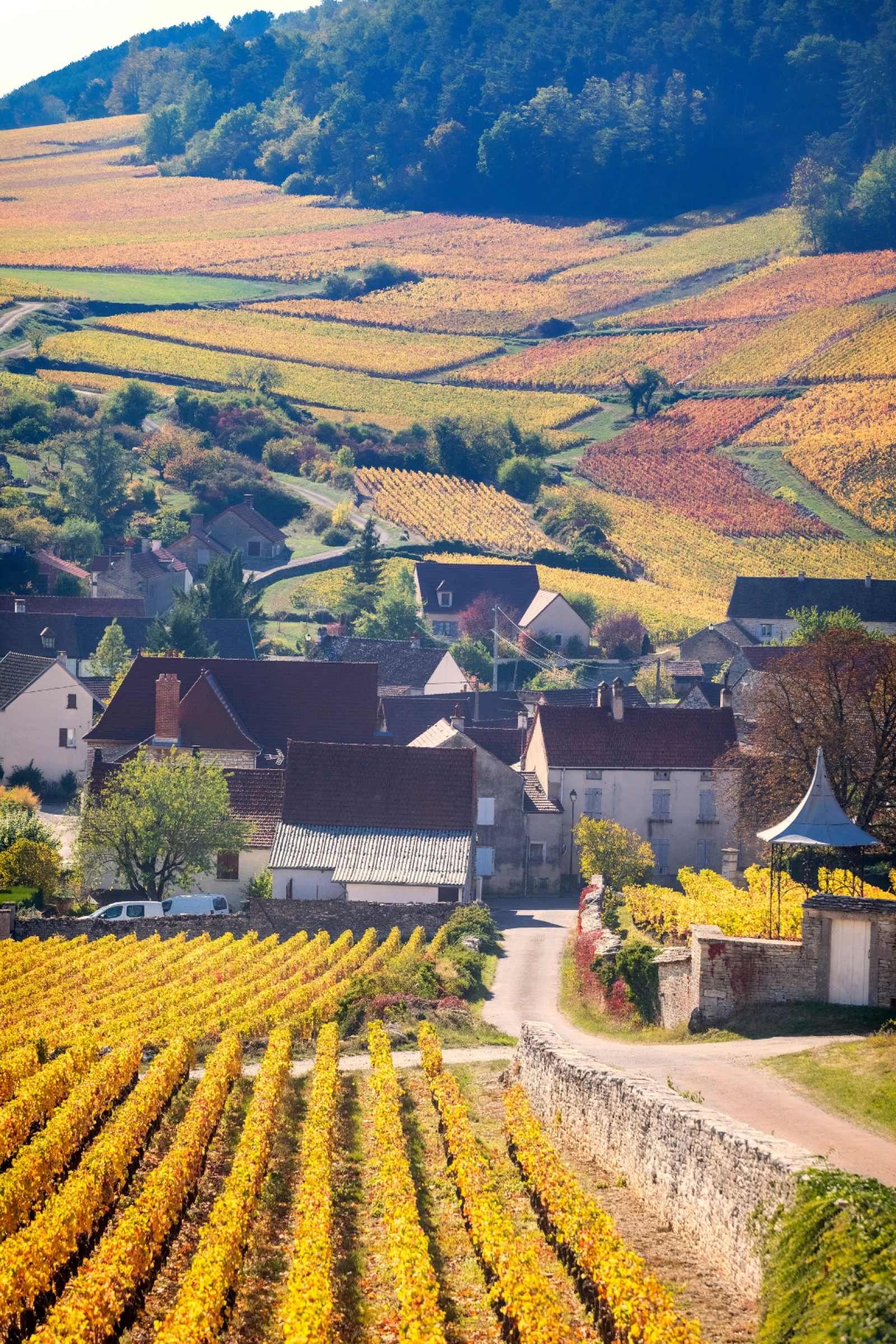
Best time to visit
May through October offers the most vibrant experience, spring for vineyard walks in bloom, summer for cellar tours and village markets, and autumn for harvest and fall colour. Winter can be particularly rewarding for focused tastings and deeper cellar access, especially with advance appointments.
Champagne: House Tours, Prestige, Precision, and the Art of Celebration
“We’ve traveled to wine regions before, but nothing matched the depth of access and thoughtfulness this itinerary offered. It was unlike anything we’ve experienced.” – A. Carter, Champagne & Bordeaux 2023
What it’s known for
Indisputably one of the most famous wine regions in France, Champagne isn’t just a wine - it’s a symbol. This historic region in northeastern France is the only place in the world legally allowed to produce Champagne, using the traditional méthode champenoise.
Madison says: “Champagne isn’t just bubbles. When I bring travellers to Verzy or Verzenay, they often leave with a whole new understanding of Pinot Noir - structured, mineral, and deeply expressive.”
It’s defined by chalky soils, cool-climate elegance, and the precision required to produce wines that balance freshness, structure, and ageability. The region is also rich in heritage, from Roman-era chalk cellars to maisons that have shaped global wine culture for centuries.
She adds: “At Maison Penet, it’s not unusual for Mrs. or Mr. Penet to sit down with our guests for lunch. That kind of intimacy is rare in Champagne - and it completely transforms the tasting experience.”
Ideal for
First-time visitors to French wine country, sparkling wine aficionados, history lovers, and travellers seeking refined, celebratory experiences with architectural and cultural interest.
Top highlights
Explore the grand Maison's of Reims and Épernay - like Ruinart, Bollinger, or Billecart-Salmon - with their vast underground cellars carved from ancient chalk.
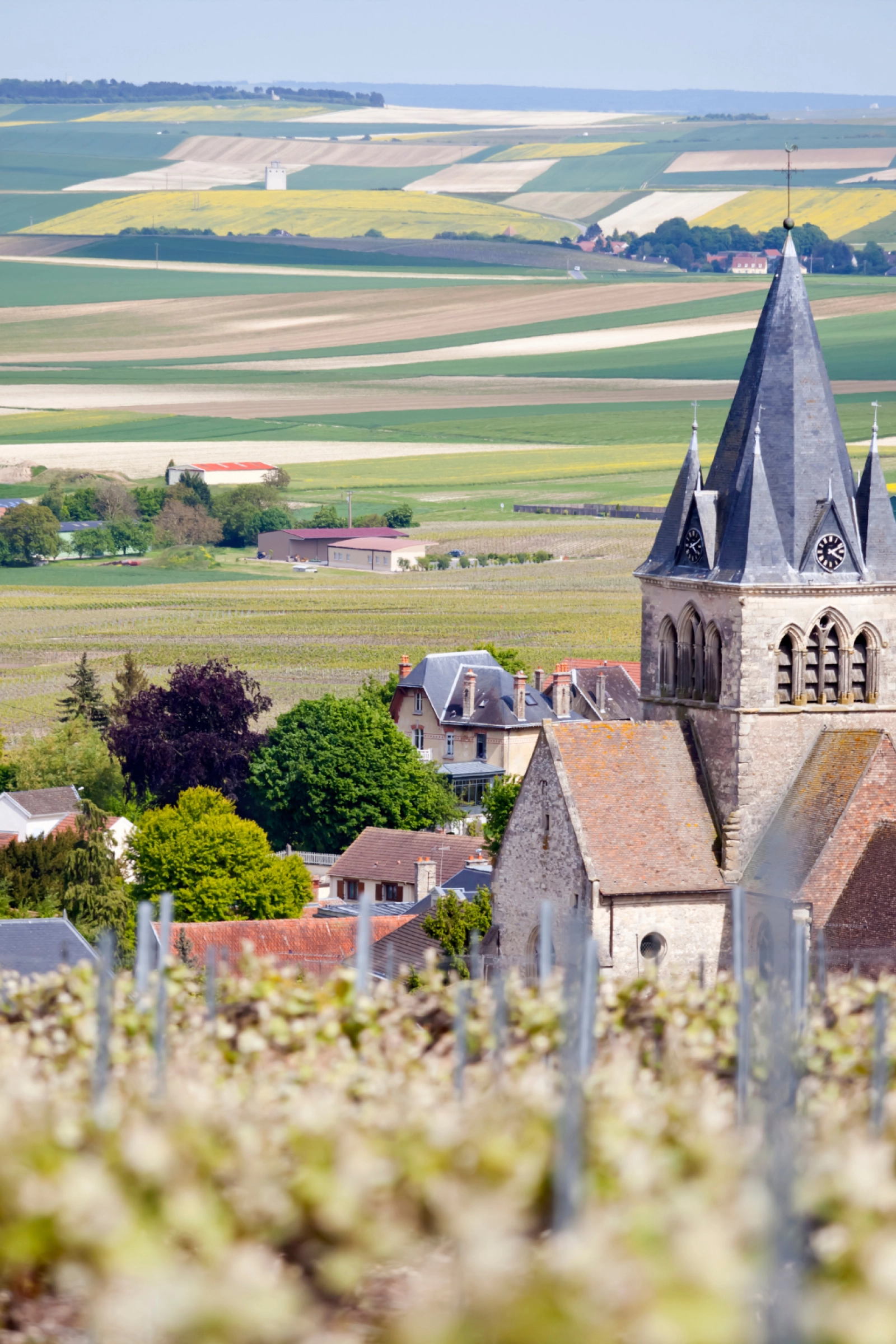
Contrast that with grower-producers in the Montagne de Reims or Côte des Blancs, where independent vintners craft terroir-specific cuvées from Chardonnay, Pinot Noir, and Meunier. Many offer exclusive tastings not available on the public circuit, often paired with gastronomic lunches or vineyard walks.
Best time to visit
Late spring to early autumn is ideal for warm-weather touring, with June and September offering a sweet spot between activity and comfort. December is particularly magical, with Champagne houses festively dressed and the villages of Épernay and Hautvillers glowing with seasonal charm.
Loire Valley: Elegant Whites, River Landscapes, and Châteaux Charm
“If you only have a day, I always suggest the Loire or Champagne”, says Madison, “you get the depth of real vineyard experiences without sacrificing ease or proximity to Paris.”
What it’s known for
Stretching over 600 miles from the Atlantic coast to central France, the Loire Valley is France’s most versatile wine region, producing everything from bright Sauvignon Blancs and complex Chenin-based wines to Cabernet Franc reds and fine sparkling Crémants.
It’s also a UNESCO World Heritage Site, famed for its Renaissance châteaux, manicured gardens, and romantic riverside towns. The region’s winemaking heritage dates back to Roman times, with a deep connection between land, history, and elegance.
Ideal for
Couples, culture lovers, foodies, and travellers who enjoy variety, light-bodied wines, and scenic pacing. Also ideal for multi-generational trips or those new to French wine.
“At Clos Roussely, Vincent greets guests like old friends,” says Madison, “I’ve seen him interrupt a tasting just to show someone his vintage car collection - it’s part wine tour, part passion project.
One of my favourite Loire moments is watching travellers taste Pineau d’Aunis for the first time - it’s unexpected, peppery, and somehow completely charming.”
Top highlights
Explore the Sauvignon Blanc terroirs of Sancerre and Pouilly-Fumé, the Chenin masters of Vouvray and Saumur, and the garden-lined château routes from Amboise to Chinon. Biking between vineyards is popular here, as are private tastings in troglodyte cellars carved into limestone hillsides. Crémant lovers will also find excellent sparkling wines, often at exceptional value.
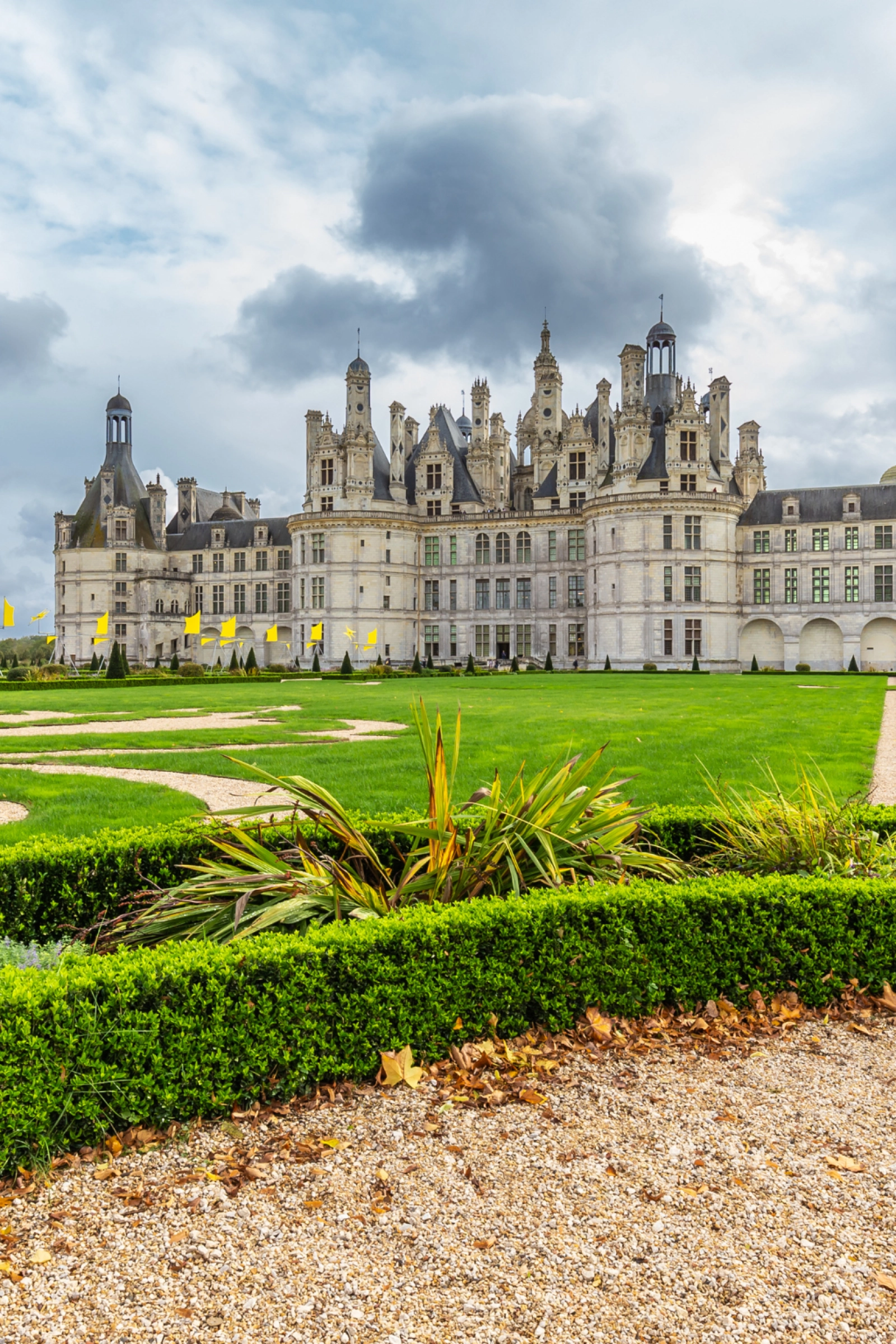
Best time to visit
May to October offers the most vibrant experience - think wildflower blooms, riverside picnics, and harvest festivities. June and September are particularly ideal for tastings, with fewer crowds and generous cellar access.
“The Loire was magical. We biked through vineyards, lunched in a private garden, and met winemakers who felt like old friends by the end.” – L. Nguyen, Loire Valley 2023
Provence: Rosé Elegance, Mediterranean Light, and the Art of Living Well
What it’s known for
Provence is the heartland of French rosé: light, crisp, and beautifully expressive of place. But beyond the pastel-hued pours, the region offers a sun-drenched blend of coastal charm, hilltop villages, olive groves, and some of France’s most refined food and wine pairings.
Its wine history dates back to ancient times, and today the best producers in AOPs like Côtes de Provence and Bandol are crafting serious, age-worthy wines that go well beyond poolside sipping.
“Château La Coste is the perfect example of what modern Provence can be: artistic, slow-paced, and effortlessly stylish,” recommends Madison, “I love pairing a tasting there with a guided walk through the architecture trail.
Many of our guests expect Provence to be all about rosé - but when they taste the structured reds from Bandol or the clay-limestone whites at La Coste, they’re surprised by how nuanced it all is.”
Ideal for
Travellers seeking relaxed, sensory-rich escapes with a strong culinary thread. Ideal for rosé enthusiasts, slow travellers, and anyone looking to pair wine with sunshine, markets, and Mediterranean lifestyle.
Top highlights
Visit elegant estates like Château Léoube or Domaine Tempier, where tastings often take place under cypress trees or with a sea breeze nearby. Pair vineyard visits with Provençal cooking classes, market tours, and scenic drives through the Luberon or along the Côte d’Azur. Bandol reds - structured, savoury Mourvèdre blends - offer a compelling contrast to the rosé narrative.
“Every moment was seamless. From sipping rosé in Provence to a private tour in Burgundy, it felt like the trip was built just for us.” – The Hawkins Family, Provence 2022
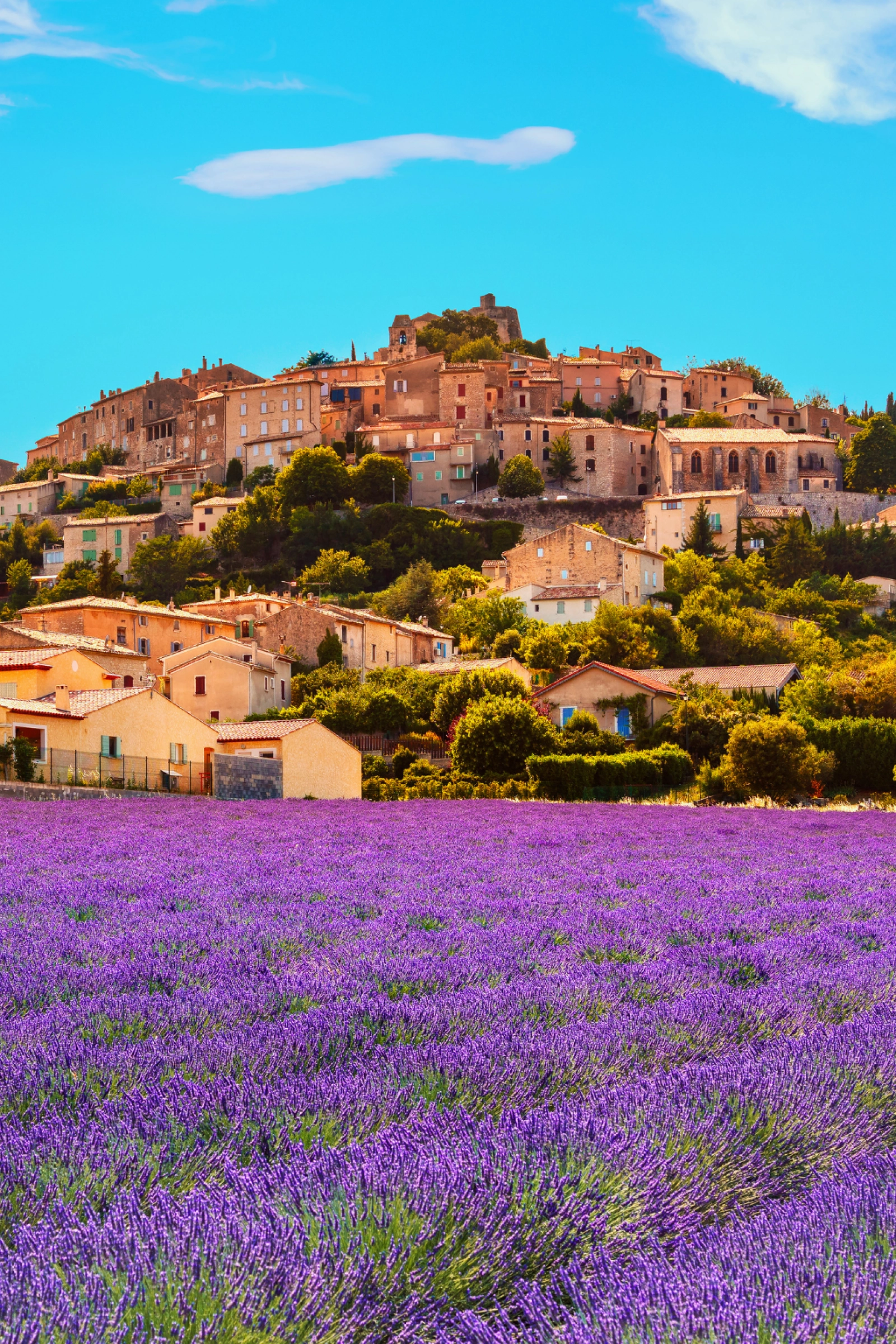
Best time to visit
Late spring through early autumn is peak season, with June and September offering the ideal mix of sunshine and breathing room. July brings lavender season, adding a fragrant visual layer to the experience.
Rhône Valley: Bold Reds, Rugged Landscapes, and a Tale of Two Halves
Madison adds: “Guigal has a quiet gravitas - but when we arrange vintage tastings in their salon in Ampuis, it always feels personal, not performative. And visiting the estate vineyards?
That’s where the magic deepens. If you’ve ever tasted La Mouline overlooking the Côte-Rôtie hillside, you know what I mean when I say this region speaks in layers.”
What it’s known for
The Rhône Valley stretches from Lyon to Avignon, and offers one of the most diverse wine landscapes in France. The Northern Rhône is famed for Syrah (structured, aromatic, and age-worthy) alongside elegant white wines made from Viognier, Marsanne, and Roussanne.
The Southern Rhône shifts toward blends, where Grenache, Syrah, and Mourvèdre come together in warmer, sun-drenched expressions, anchored by Châteauneuf-du-Pape and a constellation of charming villages.
Ideal for
Fans of full-bodied reds, culinary travellers, Rhône-style collectors, and those who enjoy dramatic terrain paired with deep-rooted tradition.
Top highlights
Explore Côte-Rôtie and Hermitage, where Syrah is grown on steep, terraced vineyards that trace back to Roman times. Further south, visit family-run estates in Gigondas or Vacqueyras, and taste alongside rustic Provençal fare in shaded courtyard settings. The region also offers rich cultural overlap, with Roman amphitheatres, medieval towns, and some of the country’s best markets.
Best time to visit
May to early October is ideal. Spring and early summer bring colour and freshness, while September offers harvest action without the high heat of midsummer.
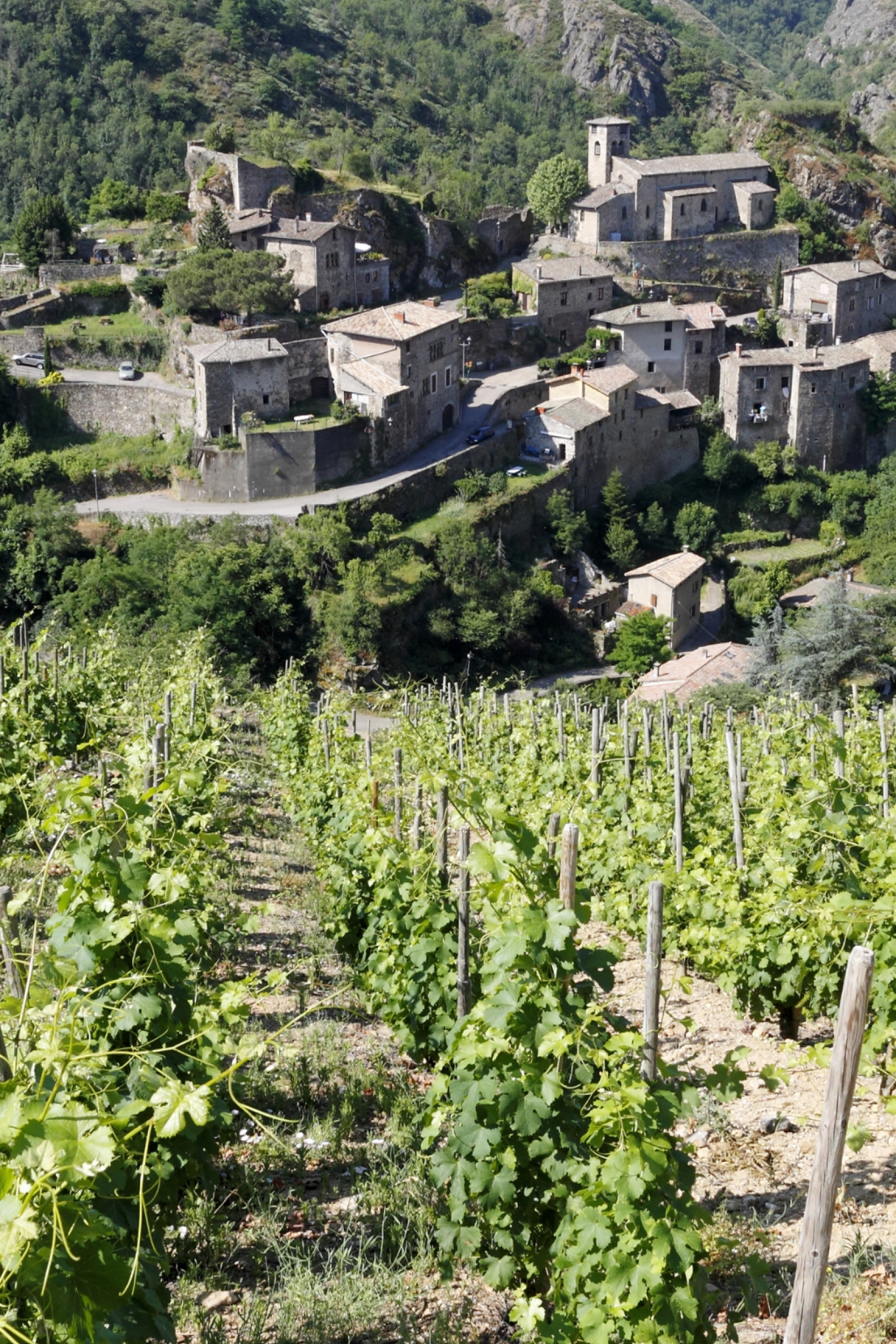
Alsace: Aromatic Whites, Storybook Villages, and a Fusion of Influence
What it’s known for
Tucked along the German border, Alsace is unlike any other wine region in France. Known for its expressive white wines - Riesling, Gewürztraminer, Pinot Gris, and Muscat - it also offers a compelling blend of French and Germanic heritage, reflected in its architecture, cuisine, and language.
The region’s wines are often varietal-specific and terroir-driven, with a classification system that highlights Grand Cru sites and centuries of careful cultivation.
Ideal for
Lovers of aromatic whites, photographers, cultural travellers, and those seeking a slower, more architectural wine journey off the mainstream path.
Top highlights
Follow the Alsace Wine Route through fairytale towns like Riquewihr, Eguisheim, and Kaysersberg, where half-timbered houses and cobblestone lanes frame visits to family-owned domaines. Grand Cru vineyards cling to sunlit hillsides, and tastings often include side-by-side comparisons of single-varietal wines from different soil types. The region also excels in late-harvest and biodynamic production.
Best time to visit
May through October offers warm weather and peak vineyard scenery, while December brings Christmas markets that transform wine villages into glowing, festive wonderlands.
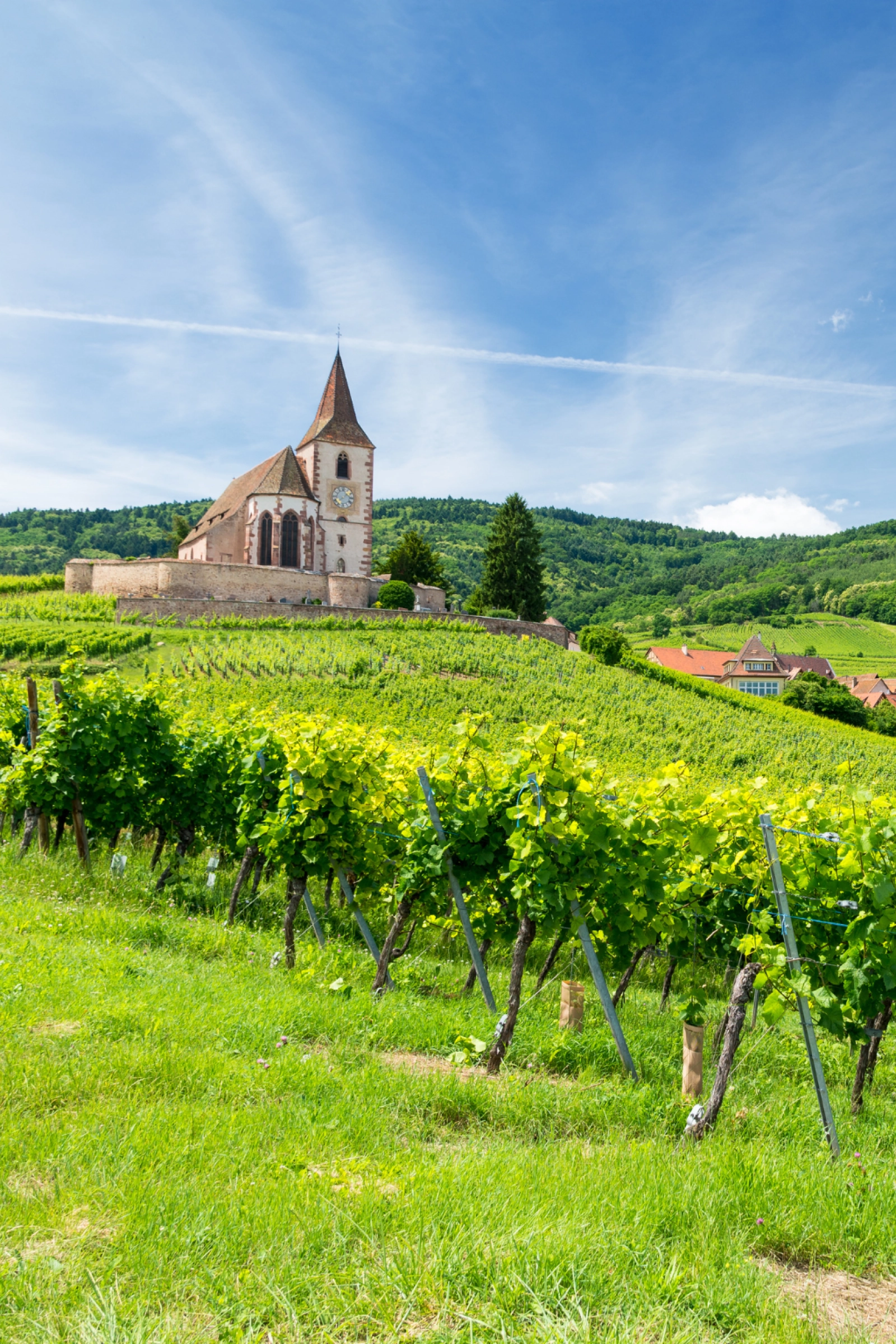
Jura: Oxidative Rarities, Alpine Quiet, and France’s Best-Kept Secret
What it’s known for
Nestled between Burgundy and the Alps, the Jura is a region of quiet originality. It’s best known for its oxidative wines, particularly Vin Jaune, made from Savagnin and aged under a veil of yeast, as well as unique expressions of Chardonnay, Trousseau, and Poulsard.
Jura wines are uncompromising, terroir-driven, and often unlike anything else in the glass. This is where tradition meets bold individuality.
Ideal for
Natural wine fans, returning France travellers, alpine hikers, and anyone drawn to regions that still feel truly undiscovered.
Top highlights
Visit the vineyards around Arbois and Château-Chalon, where multi-generational producers are pushing boundaries in both classic and experimental styles. Many tastings happen in humble, working cellars where conversation takes priority over polish. Pair wine visits with cheese-focused meals (think Comté and Morbier), forest hikes, and a slower, more grounded rhythm of travel.
Best time to visit
Late spring through early autumn is ideal for hiking, vineyard access, and small festivals. September offers a quiet harvest window, while winter is atmospheric and excellent for focused tastings with producers who rarely see tourist crowds.
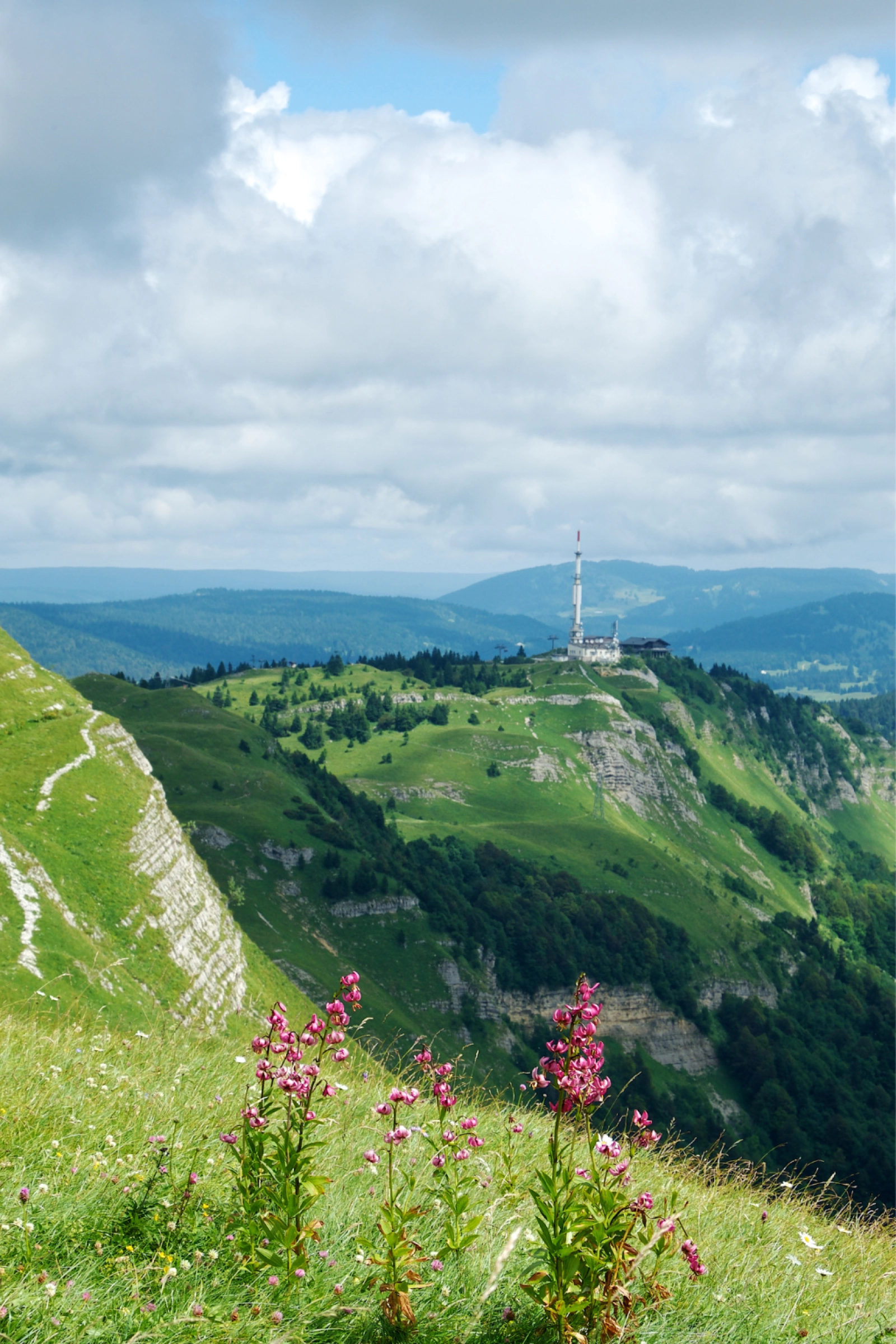
Finding Your Perfect France Wine Region
From the limestone slopes of Burgundy to the windswept coastlines of Corsica, the best wine regions in France each offer something distinct - an expression not only of grape and terroir, but of pace, culture, and atmosphere. Choosing where to begin isn’t about following a checklist; it’s about finding the right rhythm for your palate, your interests, and the kind of travel experience you want to savour.
For some, that might mean cellar tastings with a Grand Cru producer. For others, it’s cycling between châteaux, lunching in vineyard gardens, or discovering a native grape you’ve never heard of before. Wherever you go, the journey should feel intentional—crafted, not cobbled together. If you're ready for a concrete example, see our ultimate 7-day itinerary that brings together the best of France’s wine regions.
At Into the Vineyard, we believe that wine travel is at its best when it reflects you. Whether you’re planning your first French wine tour or returning for something deeper and more personal, we’ll help you get there, seamlessly.
Not sure where to start your wine journey in France?
Let us help match you with the perfect region and craft an itinerary as distinctive as your palate.
Explore France with Into the Vineyard - your trusted partner in luxury wine travel.